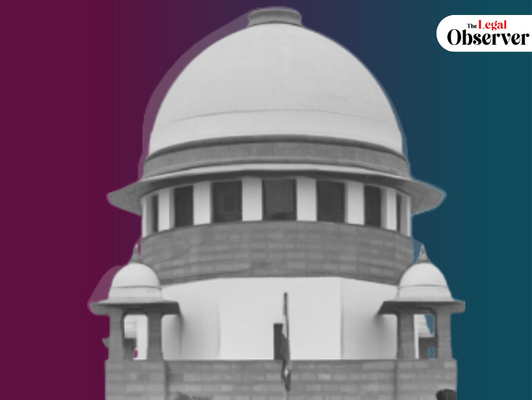The Supreme Court of India has agreed to investigate the legality of a 35-year age limit on women’s reproductive rights for pre-conception and pre-natal diagnostic procedures. On October 17, a bench of justices Sanjay Kishan Kaul and Abhay S. Oka issued a notice to the Center and others on the sole matter of age restrictiontal diagnostic procedures. On October 17, a bench of justices Sanjay Kishan Kaul and Abhay S. Oka issued a notice to the Center and others on the sole matter of age restriction. “Issue notice limited to the aforementioned component,” the judge said.
The Supreme Court granted the Union Government four (4) weeks to file its counter-affidavit in a petition filed by lawyer Meera Kaura Patel, who claims that the 35-year age cap under Section 4(3)(i) of the Pre-Conception and Pre-Natal Diagnostic Techniques (Prohibition of Sex Selection) Act, 1994, for having conducted pre-conception and pre-natal diagnostic tests is a restriction on women’s reproductive rights.
According to the law, no prenatal diagnostic methods may be used or performed on a pregnant woman unless she is over the age of 35.The Supreme Court previously ruled in a significant ruling on women’s reproductive rights that all women are entitled to safe and legal abortions until 24 weeks of pregnancy under the Medical Termination of Pregnancy (MTP) Act and that making any distinction based on marital status is “constitutionally unsustainable.”
Section 4 of the PCPNDT Act regulates prenatal diagnostic procedures. Prenatal diagnostic techniques can only be used to detect the following abnormalities: chromosomal abnormalities; (ii) genetic metabolic diseases; (iii) haemoglobinopathies; (iv) sex-linked genetic diseases; (v) congenital anomalies; and (vi) any other abnormalities or diseases that the Central Supervisory Board may specify.
. This clause states that no prenatal diagnostic methods may be employed or performed unless the person qualified to do so determines that the pregnant woman is over the age of 35. The Supreme Court issued a momentous decision in September, ruling that all women have the right to safe and legal abortion. The court also stated that the definition of rape for the Medical Termination of Pregnancy Act must include marital rape.
The petitioner relied on the Supreme Court’s decision in X v. Principal Secretary, Health and Family Welfare Department, Govt. of NCT of Delhi. The Supreme Court ruled in X v. Principal Health and Family Welfare Department, Govt. of NCT of Delhi, that all women are entitled to safe and legal abortions and that there is no reason to exclude unmarried women from the ambit of Rule 3B of the MTP Rules, which lists the categories of women who can seek abortion of pregnancy in the term 20–24 weeks. However, the Supreme Court noted that nothing in the verdict could be interpreted as weakening the restrictions of the PCPNDT Act.






